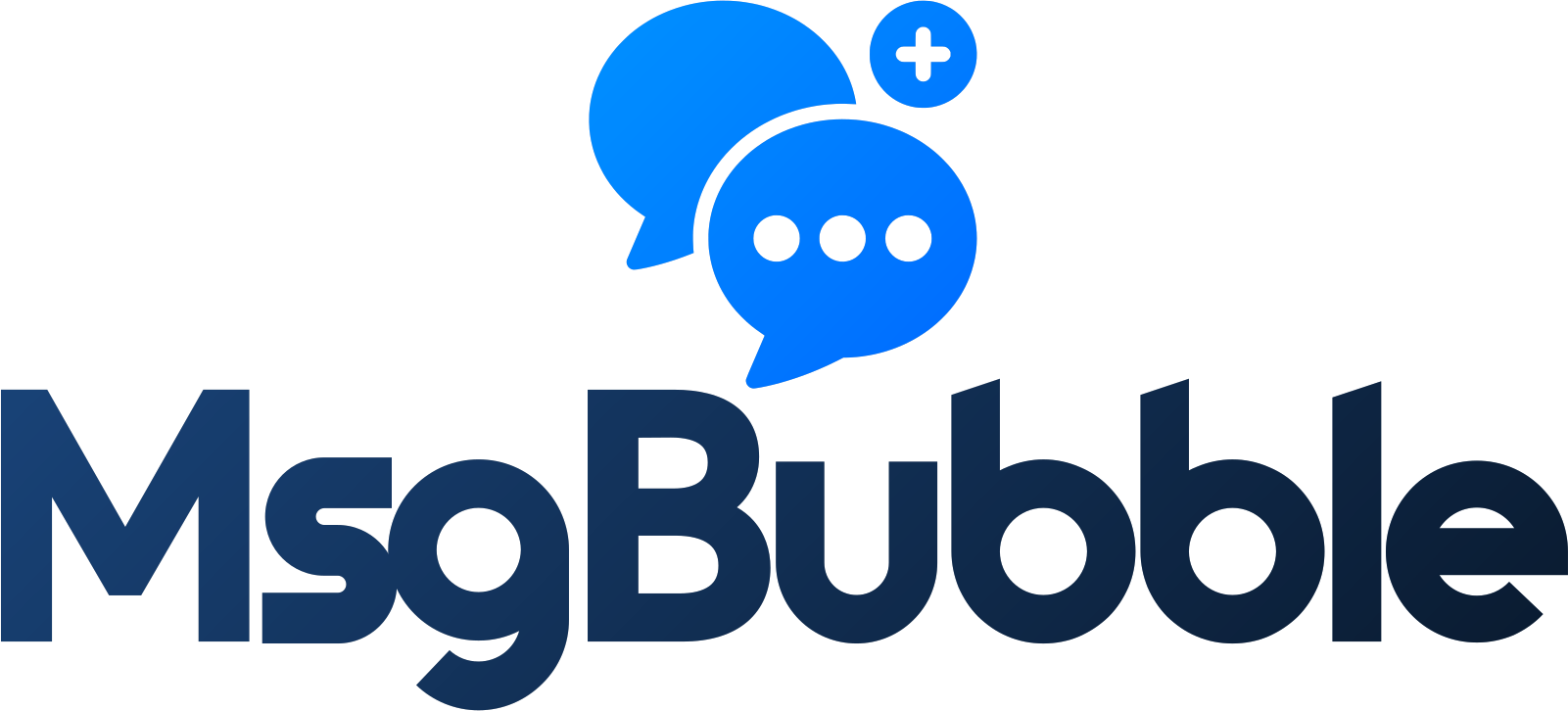Mastering the FollowUp Transforming Leads into Loyal Clients

In the world of business, the journey from a mere lead to a devoted client is often paved with strategic follow-ups. It’s a nuanced art, one that requires finesse, timing, and a genuine understanding of your potential clients’ needs. The ability to follow up effectively can distinguish you from your competitors and foster long-lasting relationships. But how do you master this crucial skill? Let’s delve into the art of follow-up and discover how to turn those fleeting leads into loyal clients.
Understanding the Importance of Follow-Up
Many businesses overlook the follow-up process, assuming that a single interaction will suffice. However, studies show that it often takes multiple touchpoints to convert a lead into a client. According to the Harvard Business Review, companies that excel at lead nurturing generate 50% more sales-ready leads at 33% lower cost. This statistic underscores the vital role of follow-ups in the sales process.
The emotional aspect of follow-up cannot be overstated. When you reach out to a lead after an initial interaction, you convey to them that their interest matters. You show that you care about their needs and are willing to invest time in building a relationship. This emotional connection can be the deciding factor in a lead’s journey to becoming a loyal client.
Crafting a Follow-Up Strategy
To effectively follow up, you need a well-defined strategy. Here are key components to consider:
1. Timing is Everything
The timing of your follow-up can significantly impact its success. Research suggests that following up within the first 24 hours increases the chances of conversion. At this point, the lead is still engaged, and your product or service is fresh in their mind.
However, timing doesn’t stop with that initial follow-up. It’s essential to space out subsequent interactions thoughtfully. Too frequent follow-ups may appear pushy, while too infrequent ones can lead to your lead losing interest. A good rule of thumb is to follow up every few days initially, then gradually extend the time between interactions as you gauge the lead’s interest.
2. Personalization Matters
Generic messages rarely resonate. Personalized follow-ups demonstrate that you’ve taken the time to understand the lead’s unique needs. Reference specific details from your previous conversations. This could be a particular challenge they mentioned or a goal they are striving for. Tailoring your message to reflect their situation creates a stronger connection and shows that you are invested in their success.
3. Utilize Multiple Channels
In today’s digital age, leads can be reached through various channels. Email remains a staple, but don’t overlook social media, phone calls, or even text messaging. Each channel offers unique advantages. For example, a quick text can feel more personal than an email. Experiment with different methods to see which resonates best with your audience.
The Follow-Up Process
Now that you have a strategy in place, let’s look at the follow-up process itself.
Initial Follow-Up
After your initial interaction, send a quick thank you message. This could be a simple email expressing your appreciation for their time and reiterating a key takeaway from your conversation. This establishes goodwill and keeps the lines of communication open.
Building Value
In subsequent follow-ups, focus on providing value. Share relevant resources, insights, or solutions that align with the lead’s needs. For instance, if they expressed concerns about a particular challenge, send them an article addressing that issue or a case study showcasing how your product has helped others in similar situations.
Ask Questions
Engage your leads by asking questions. This not only demonstrates your interest but also gives you valuable insights into their current situation. Questions can guide your follow-up approach and help you tailor your solutions more effectively.
Overcoming Objections
During follow-ups, you may encounter objections. Rather than viewing these as setbacks, see them as opportunities to address concerns and build trust. Listen actively and empathize with their viewpoint. Provide clarifications and information that can alleviate their worries. This approach transforms objections into stepping stones toward building a strong relationship.
Measuring Success
To refine your follow-up strategy, you need to measure its effectiveness. Track key metrics such as response rates, conversion rates, and the time it takes to convert a lead into a client. Analyzing these figures allows you to identify areas for improvement and adjust your approach accordingly.
The Role of Technology
In the fast-paced business environment, leveraging technology can significantly enhance your follow-up efforts. Tools like CRM systems can help you keep track of interactions, schedule follow-ups, and automate certain processes.
At this point, it’s worth mentioning MsgBubble, a service designed to streamline your communication with potential clients. MsgBubble allows businesses to manage interactions efficiently, ensuring that no lead falls through the cracks. By integrating MsgBubble into your follow-up strategy, you can enhance your responsiveness and maintain personalized communication, fostering deeper connections with your leads. Explore how it can benefit your business at MsgBubble.
Building Long-Term Relationships
The ultimate goal of follow-up is not just to close a sale but to build a long-term relationship with your clients. Following the initial sale, continue to check in with your clients. Send them updates, ask for feedback, and provide valuable content. This ongoing engagement will keep your brand top of mind and encourage repeat business.
Conclusion
Mastering the art of follow-up is essential in today’s competitive marketplace. By understanding its importance, crafting a thoughtful strategy, and utilizing the right tools, you can transform leads into loyal clients. Personalization, timing, and value are key components of effective follow-up.
Remember, each interaction is an opportunity to build a relationship. As you nurture these connections, you not only enhance your chances of conversion but also create a network of loyal clients who trust and appreciate your business. Embrace the follow-up process, and watch as your leads turn into lifelong advocates for your brand.
In the end, the art of follow-up is about more than just sales; it’s about fostering connections that can lead to mutual growth and success. Take the first step today—explore how MsgBubble can enhance your follow-up strategy and help your business thrive. Visit MsgBubble to learn more.




